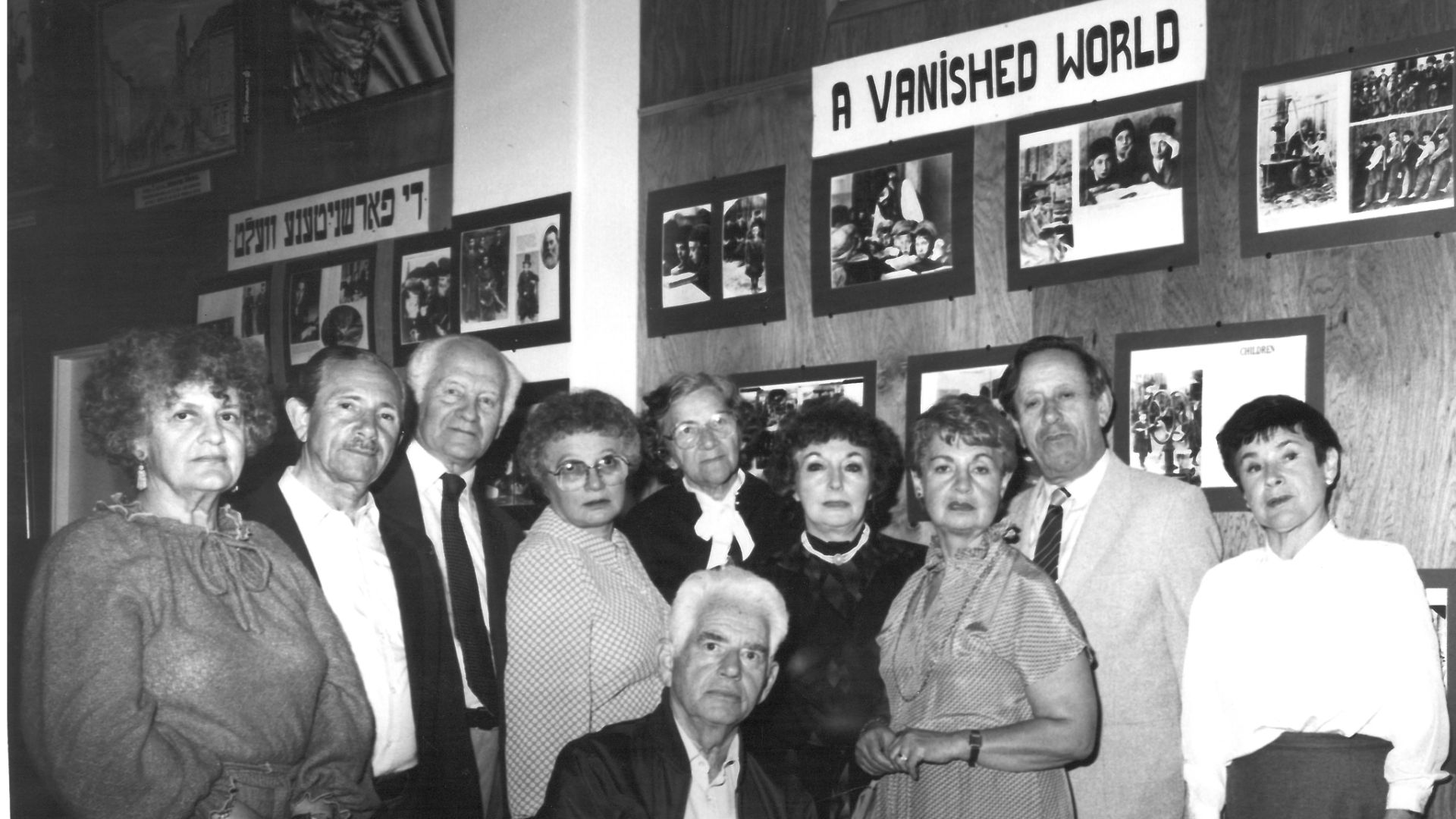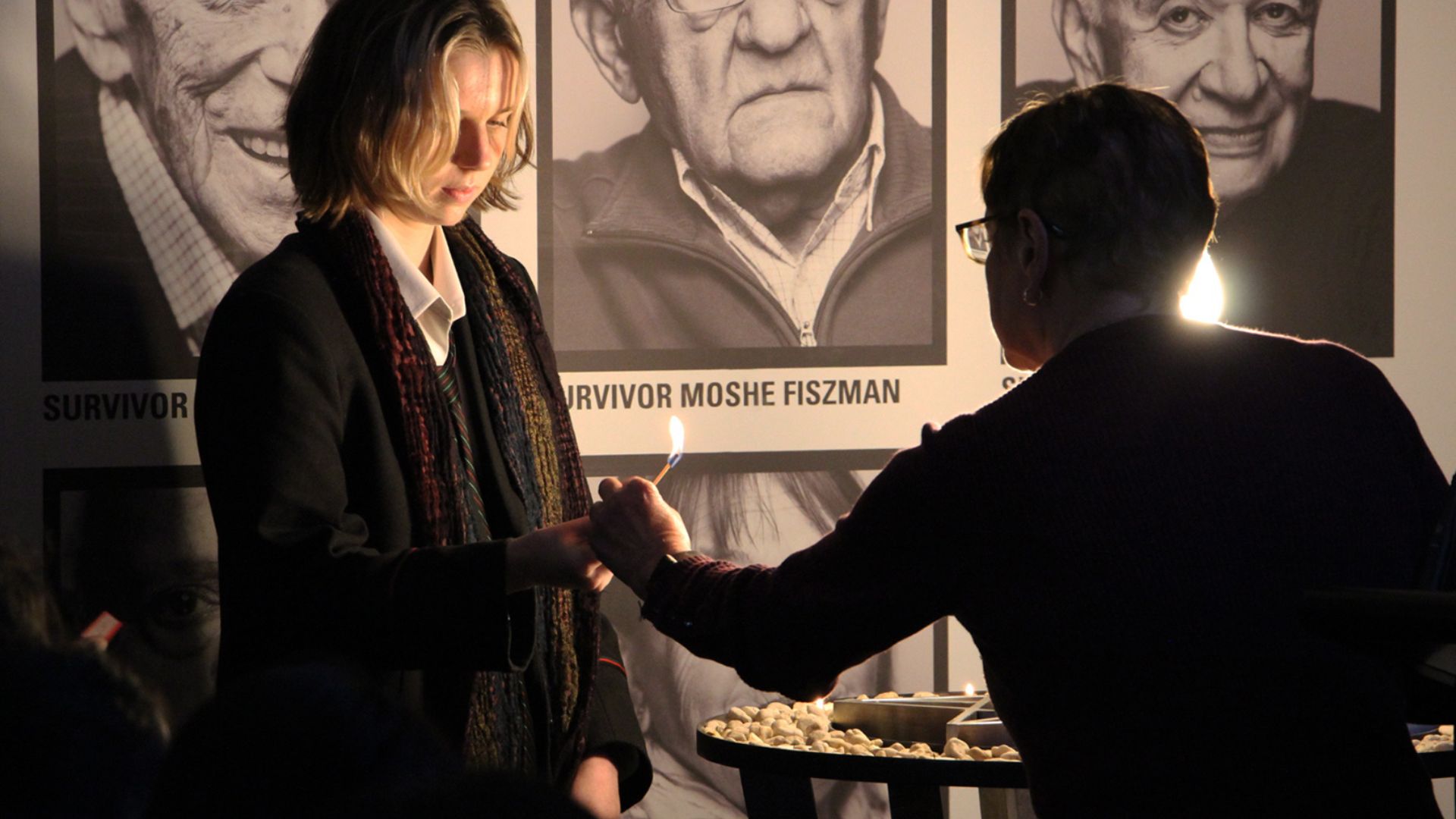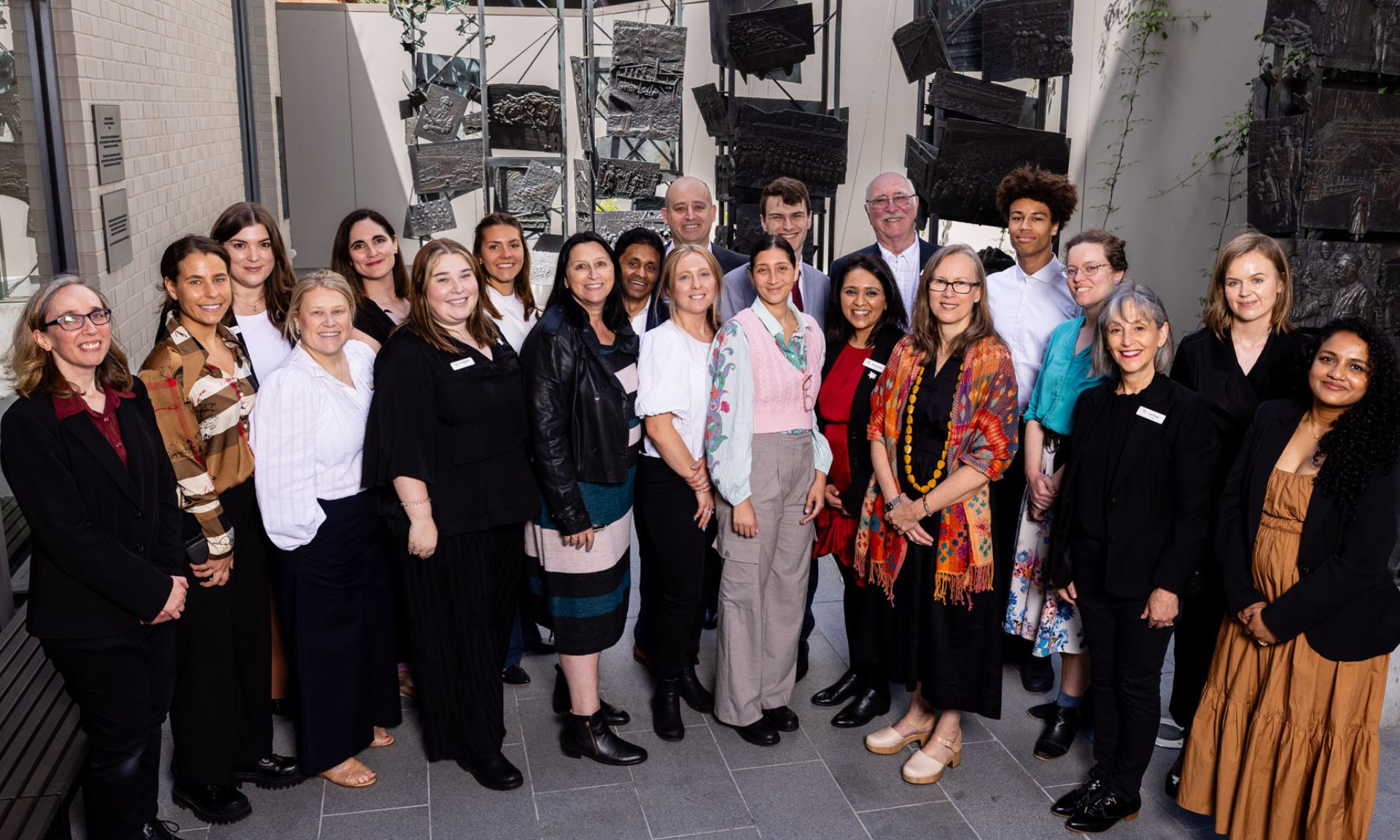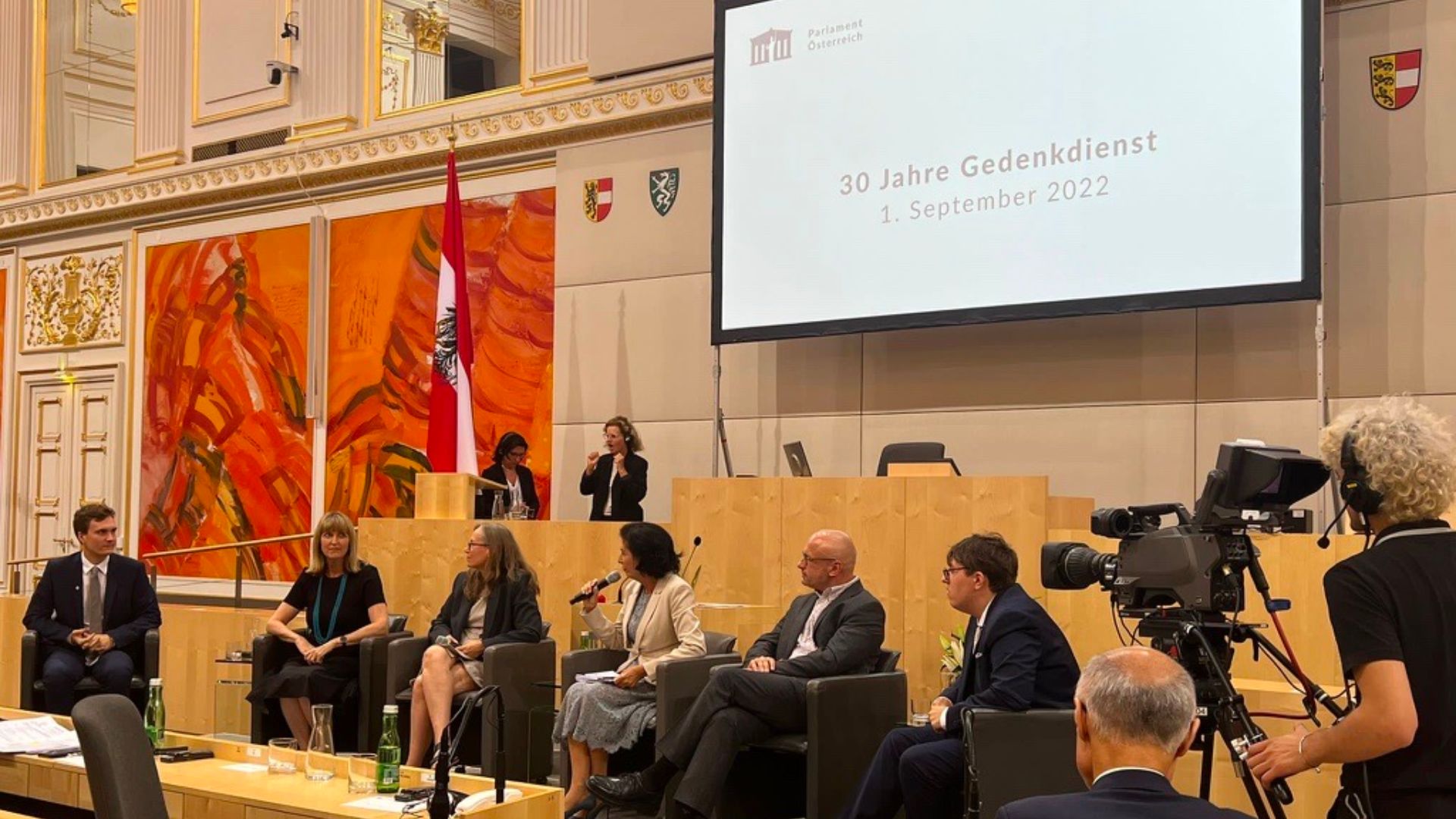A memorial for hope and healing
As custodians of truth, we’re committed to honouring the lives of survivors – and the memory of the six million Jewish victims of the Holocaust.
Who we are
The Melbourne Holocaust Museum is the largest institution in Australia solely dedicated to Holocaust education, research and remembrance. Founded by Holocaust survivors in 1984, we house more than 1,300 survivor testimonies and 12,000 artefacts. Since opening our doors, we have educated more than 800,000 students – sharing memories, truths, and most importantly, hope, to inspire the next generation.
What we stand for
We exist to amplify the voices of Holocaust survivors as a catalyst for greater understanding and acceptance of difference. We share their experiences and preserve their legacy – without shying away from the darkness. Because only then can we understand the gravity of prejudice and the dangers of discrimination. And only then, can we learn from the past and build a better future.
Our manifesto
Built by a community of survivors, the Melbourne Holocaust Museum is dedicated to you – the next generation. Inside this museum we hope to ignite your sense of humanity; and empower you to champion kindness, bravery, and fairness wherever you go.
As custodians of truth, the MHM is committed to honouring the lives of survivors and the six million Jewish victims of the Holocaust. Within these walls, we house their stories. Under this roof, we raise their voices. And when you leave, we ask that you carry their memory forward.
Together we have a shared responsibility to not only preserve the fragments of the past but transmit their lessons too. As it’s these personal stories which act as a catalyst to spark entire generations to better themselves, each other and the world.



